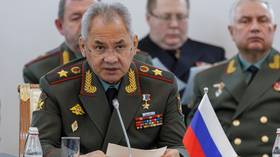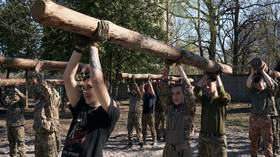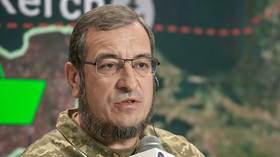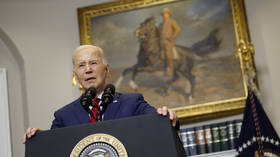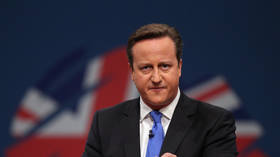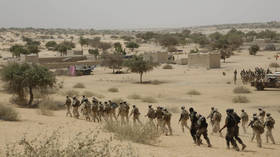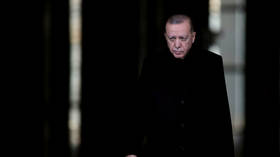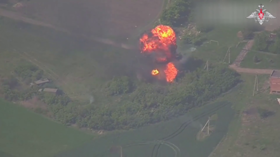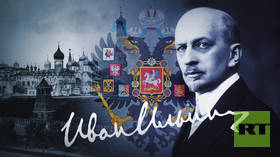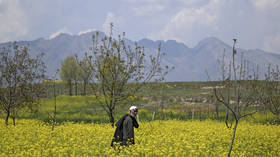British women on a mission--flying Spitfires to the front
The Soviet Union's wartime allies, including, the UK, have already begun commemorating Victory in Europe day. Russia marks it a day later, as it was past midnight local time when Germany officially capitulated.
Celebrations are going on in London. Prince Charles and his wife, Camilla, Duchess of Cornwell, will be laying a wreath at the Cenotaph, as they do every year. There will also be a combination of 2,000 veterans and serving members of the armed forces in attendance. Religious and political figures as well as members of the public will also attend. The Last Post will be played, which is always a deeply moving event. There will be a minute of silence, also.
The legacy of WWII is immense in Russia and huge in the UK as well. It produced a whole generation of people who lived through this enormous event in their lives. This generation is the oldest generation now and they are steadily dying out, unfortunately for those who want to learn more about WWII.
WWII was a time when women took jobs they had not done before. In the UK, women flew military aircraft to front line bases, and that included the Spitfire, a fighter that became a legend during the Battle of Britain.
Spritely at 87, Joy Lofthouse is no ordinary elderly lady. She was in a select group of women who flew Spitfires during the Second World War.
With only the most basic training, she was among the 166 women who did the hazardous work of ferrying fighter planes for the war effort.
“We had no blind flying, no instrument rating, we had no contact with the ground, no radio,” she said. “But otherwise we had to know how to take off, take off speed, landing speed, stalling speed and that was about all one really needed to know, the very basics.”
“I think we had about 150 odd casualties and I would say 75 per cent of them were to do with getting into bad weather they could not cope with,” Lofthouse added.
The Air Transport Auxiliary (ATA) was a civilian organisation that made an enormous contribution to victory by moving air force and Navy warplanes from base to base, including to front-line squadrons. Employing both men and women, it ferried around 310,000 aircraft during the war.
Sitting in the cockpit of the Spitfire, you can well imagine the excitement the ATA women must have felt taking to the skies for the first time.
It was not just the thrill of flying – they were also doing something vital for the war effort – non-combat missions which freed-up the Royal Air Force for the frontline.
The airwomen were celebrated wherever they went, but it was considered to be one of the most dangerous jobs they could be doing. Out of the 166 woman pilots in the ATA, 15 died in the sky. Historian Carol Gould has spoken to other ATA pilots.
“It probably was the most perilous job,” she said. “Lettice Curtis [ATA woman pilot] relates a story about one pilot who landed upside down on an airfield and drowned, not because she fell into a lake, but because it had rained and there was one little puddle, and because this poor pilot’s head was upside down.”
During the two years Joy Lofthouse was in the ATA, she flew 18 different airplanes but, to this day, she feels a buzz when she sees a Spitfire.
Compact and lightweight, it was almost as if it had been designed with women in mind; and it was not all work – Joy and her colleagues knew exactly how to make the best of a bad situation.
“I was very aware of where the American bases were, and if I got into bad weather and knew that I would have to land I looked out for one because they feted you, they were very good to you, but also they took you to the PX where you could buy chocolate and lipstick and nylons that you could not get in the shops here,” she told RT.
When the war was over, Joy was happy to keep her feet on the ground, get married, and go back to her normal life. However, even if she had not been, women were no longer allowed to fly military or civilian aircraft – men were flooding back from the war, and it was again considered unsuitable work for women. And it was not until 1989 that women were permitted to fly in the Royal Air Force.


